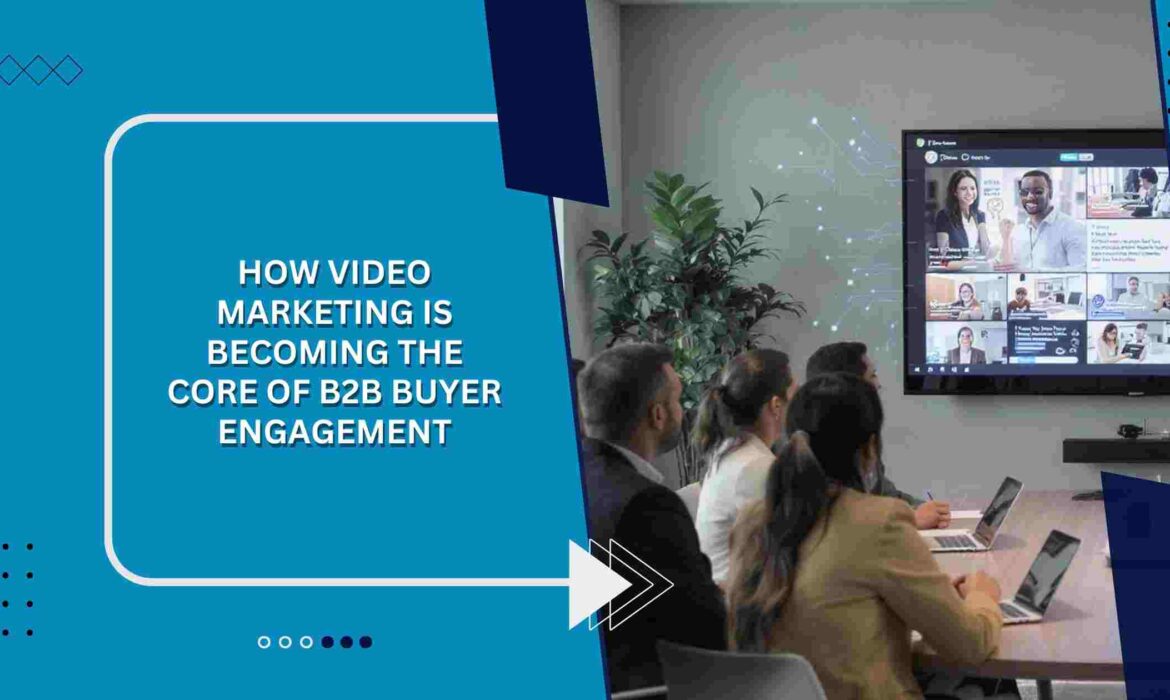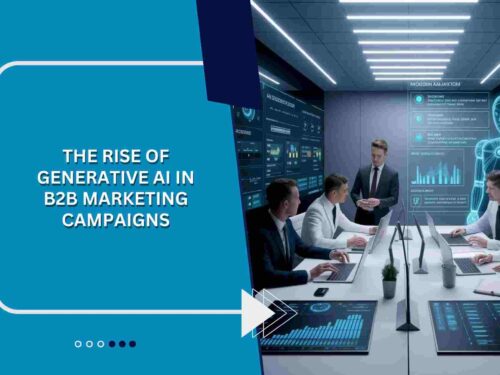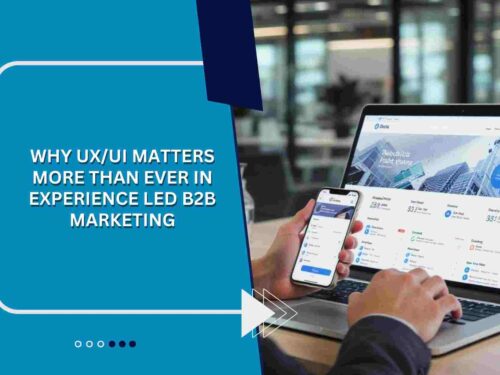In the past, B2B marketing was dominated by whitepapers, brochures, and lengthy presentations. While these formats still have a role, the modern B2B buyer is changing and so are their expectations. Decision-makers no longer want to sift through static content. They prefer rich, dynamic, and engaging experiences that help them understand solutions quickly. That’s where Video Marketing has become the undisputed game-changer.
Today, Video Marketing is not just a tactic; it’s at the very core of how businesses educate, engage, and convert B2B buyers. From awareness campaigns to post-purchase support, video content has evolved into the most effective medium for driving trust, building relationships, and influencing decision-making.
The Shift Toward Visual Storytelling in B2B
B2B products and services often involve complex solutions, multi-stakeholder decisions, and long sales cycles. Traditional content formats blogs, datasheets, and case studies struggle to capture attention in such an environment.
Video Marketing solves this challenge by combining visual storytelling with data-driven messaging. A two-minute explainer video can communicate more than a ten-page whitepaper, while a customer success story in video form can convey authenticity and trust far better than text.
More importantly, B2B buyers are consuming video as part of their daily professional routines. Whether it’s a quick LinkedIn scroll, a YouTube product review, or a webinar replay, video has become the go-to resource for learning and decision-making.
Why Video Marketing Resonates with B2B Buyers
1. Simplifies Complex Solutions
B2B offerings are rarely straightforward. Video demonstrations break down technical products into digestible narratives. With animations, visuals, and guided walkthroughs, Video Marketing makes it easier for buyers to see how a solution works in real-world applications.
2. Builds Trust Through Human Connection
Trust is the currency of B2B. Unlike static brochures, video puts a human face on a brand. Testimonials, thought-leadership interviews, and behind-the-scenes content create authenticity. Buyers can see and hear real customers, which makes the message more believable.
3. Speeds Up the Buyer Journey
Decision-makers are busy. A video cuts through information overload by delivering key points in minutes. This accelerates research, shortens consideration timelines, and moves buyers closer to a decision.
4. Enhances Content Retention
Studies consistently show people remember video messages more than text. This makes Video Marketing highly effective in ensuring brand recall and reinforcing value propositions over time.
Video Marketing Across the B2B Buyer Journey
The power of video lies in its adaptability across every stage of the buyer funnel.
Awareness Stage: Capturing Interest
- Explainer Videos introduce industry challenges and position the brand as a solution provider.
- Brand Story Videos highlight mission, vision, and differentiation to build recognition.
Consideration Stage: Driving Deeper Understanding
- Webinars & Virtual Events provide in-depth exploration of solutions.
- Product Demos & Tutorials showcase technical capabilities and use cases.
Decision Stage: Building Confidence
- Customer Testimonial Videos deliver social proof through real success stories.
- Case Study Videos highlight ROI and measurable outcomes.
Post-Purchase: Strengthening Relationships
- Onboarding Videos help clients adopt solutions quickly.
- Training Modules ensure smooth integration and maximize value.
At each touchpoint, Video Marketing nurtures trust and makes interactions more engaging than static alternatives.
Emerging Trends in B2B Video Marketing
The rise of new technologies and buyer expectations is reshaping how video is created and consumed in B2B contexts.
1. Interactive Video Experiences
Videos are no longer passive. Interactive formats allow viewers to click, explore, and choose paths within the video itself. This interactivity boosts engagement and provides real-time insights into buyer intent.
2. AI-Driven Personalization
Artificial intelligence is powering personalized Video Marketing campaigns. Buyers can now receive videos tailored to their industry, pain points, or stage in the journey making content hyper-relevant and impactful.
3. Short-Form B2B Videos
Attention spans are shrinking. Short, snappy videos under two minutes are gaining traction even in professional settings, especially for top-of-funnel awareness campaigns.
4. Virtual Reality (VR) and Augmented Reality (AR)
Immersive videos are enabling virtual product walkthroughs and 3D demos. For industries like manufacturing, software, and logistics, this offers buyers a near hands-on experience without leaving their desk.
5. Video in Account-Based Marketing (ABM)
ABM thrives on personalization, and video is becoming its secret weapon. Personalized videos sent directly to key accounts increase response rates and make outreach more compelling.
Integrating Video Marketing into a B2B Strategy
To unlock the full potential of Video Marketing, B2B companies need to integrate video into their existing strategies rather than treat it as an afterthought.
Optimize for Multiple Platforms
Different platforms demand different formats. LinkedIn requires concise, professional messaging; YouTube thrives on longer educational videos; websites benefit from explainer content. Tailoring videos for each channel maximizes impact.
Use Data to Guide Content Creation
Analytics from past campaigns reveal what works. Metrics like average view duration, engagement rate, and conversions help refine Video Marketing strategies for future efforts.
Repurpose Video Content
One video can fuel multiple campaigns. A 30-minute webinar can be repurposed into bite-sized clips for social media, infographics for email campaigns, and highlights for sales decks.
Align Video With Sales Teams
Videos shouldn’t stop at marketing. Equipping sales reps with product demos, testimonials, and explainer clips ensures consistency and strengthens buyer conversations.
SEO and Discoverability with Video Marketing
Beyond engagement, Video Marketing is also a powerful SEO tool. Search engines increasingly prioritize video content, and platforms like YouTube double as search engines themselves.
- Video Titles and Descriptions should include target keywords.
- Transcriptions improve accessibility and boost keyword indexing.
- Video Schema Markup helps videos appear in Google’s rich snippets.
By optimizing for discoverability, B2B marketers can ensure their video content not only engages but also attracts new audiences organically.
The ROI of B2B Video Marketing
For every dollar invested, Video Marketing consistently delivers strong ROI. The reasons are clear: higher engagement, shorter sales cycles, improved brand recall, and better lead quality. When combined with lead-nurturing workflows, video directly contributes to pipeline growth and revenue acceleration.
Marketers tracking ROI should look at:
- Lead Generation Impact (conversions from gated webinars, demo requests).
- Pipeline Velocity (shortened decision cycles due to video clarity).
- Customer Retention (onboarding and training videos reducing churn).
The data-driven impact of video proves why it has moved from being optional to essential in B2B buyer engagement.
Ready to take your Video Marketing and B2B engagement strategies to the next level? Connect with Acceligize and discover how we help businesses turn content into real growth opportunities.




